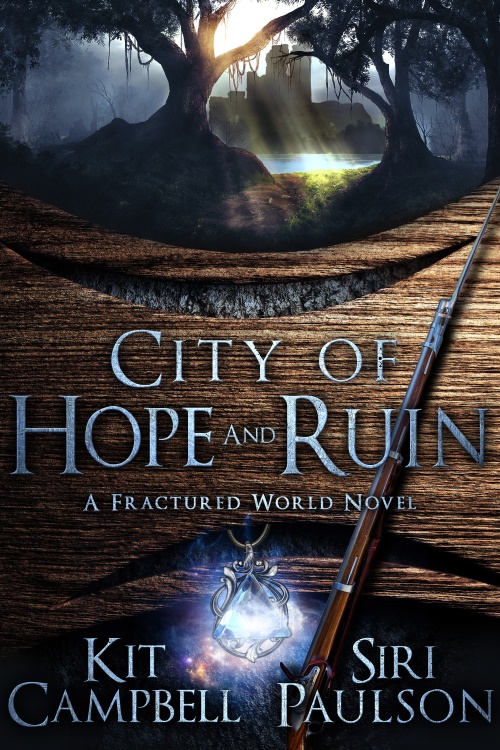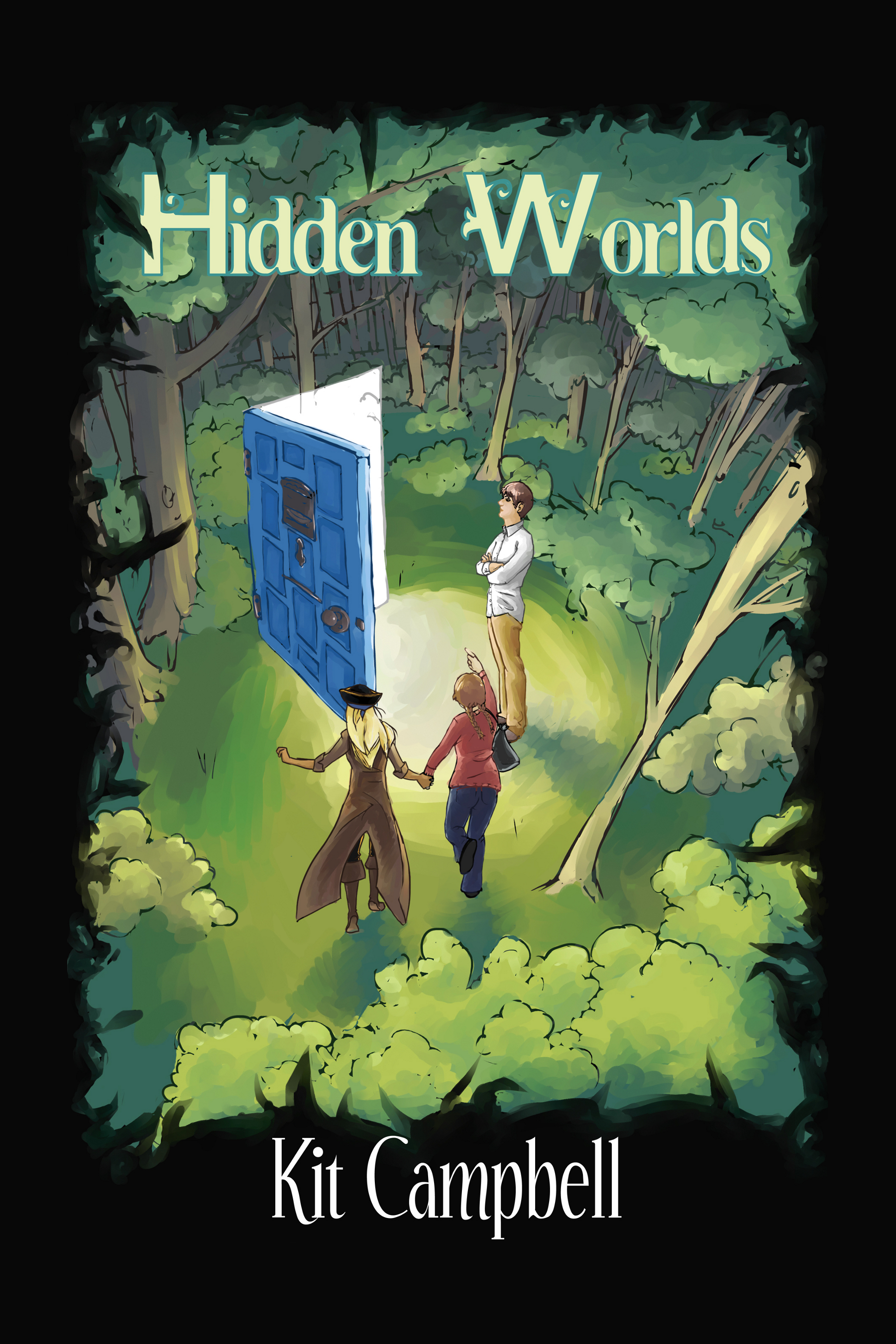Add New Post
Save draftPreview(opens in a new tab)PublishAdd title
So, a week ago, my family and I went to our local science and history museum since one of their temporary exhibits was in its last days and we thought we should probably see it before it went.
(That exhibit was about Sue, the most complete Tyrannosaurus skeleton ever found. Which was neat! I learned things. But not actually related to today’s discussion.)
(I also got us an entrance time to the newly renovated space exhibit, which is better than it was but still kind of whatever, alas.)
(ACTUALLY, our museum is a leader in studying what happened right after the asteroid that killed the dinosaurs, a notoriously tricky time period to study because they’ve had issues finding fossils from it. But some of our museum scientists made a big breakthrough in the area about a year ago, so they set up an exhibit off to the side of the space exhibit. And the exhibit was very interesting, but my spouse and I were also interested in the fact that it’s in a part of the museum that’s been closed off to the public for, oh, twenty years? It used to be the Hall of Dinosaurs when we were kids, but that was also when they thought dinosaurs dragged their tails and were cold-blooded, so when science proved all their skeletons wrong they took them away and closed off the whole hall.)
(Sorry. I like dinosaurs.)
(Our museum ALSO has two plesiosaur skeletons hanging from the ceiling in the entrance hall, which are my very favorite prehistoric reptiles.)
The OTHER temporary exhibit (our museum normally has two going at a time) was about Stonehenge. I have actually been to Stonehenge, back when I was young, but it has been a while, and archeologists keep making discoveries, so you know.
A lot of the exhibit was somewhat familiar information, talking about the different phases of the monument and how they moved the stones, but I did learn some new stuff too.
(They actually had a breaking news section, from a discovery made in February, so that was pretty cool.)
So, apparently, the reason why the stones came all the way from Wales was that they had a previous monument there, and when they moved, they decided to take the monument with them.
As you do.
That’s cool! But the coolest thing I learned from the exhibit was that, some miles away from Stonehenge was a settlement, with a henge made out of wood. So, at least at the beginning, Stonehenge was a burial ground, and it was always a place to remember the dead (or so they think). So there were no buildings there, no places for the living. And this village was where the living were. And, to get to Stonehenge, either to bury someone, or to worship or whatever, the people in the village would go down to the River Avon, get on a boat, and sail down to the entrance to the Stonehenge complex.
So there were two distinct areas–the area of the living, and the area of the dead, and the river was the passage between them.
Which I thought was very neat, to see some of the mythology of the people in the way they used the land. And you guys know me and mythology, and also it always helps me with my own mythologies for my fantasy world to see what people thought of.
But as I was thinking, I realized that the river as a passage between the living and the dead is a fairly common theme, though perhaps not realized quite so literally as done here. Both Greek and Norse mythology have a river the dead must pass (well, if going to Hel in Norse mythology), though those are later civilizations than the one that built Stonehenge. In Hindu religion, the sacred river Ganges is used in many death rituals, including ones meant to help grant salvation to dead relatives, suggesting a link between the river and where people go after death. In Scottish folklore, a bean-nighe, or washerwoman, is a messenger and omen of death, often seen in rivers and ponds.
I don’t know, I just thought it was cool, and it’s always interesting to see the connections between civilizations across continents and time.
Any thoughts on rivers in death practices, squiders? Cool trivia relating to Stonehenge or death rituals in general?



